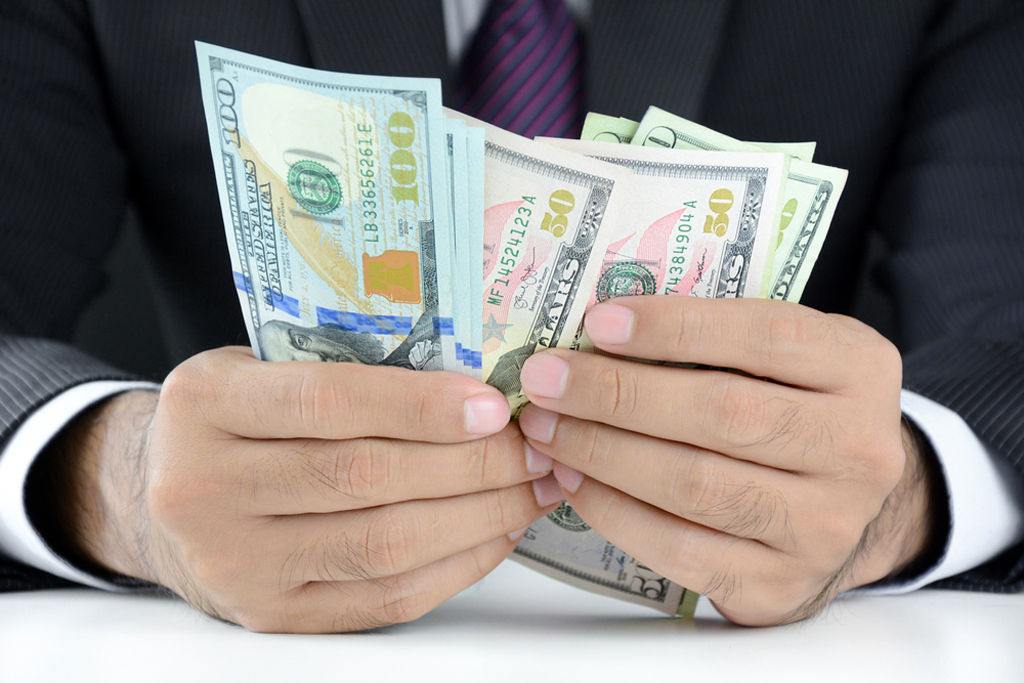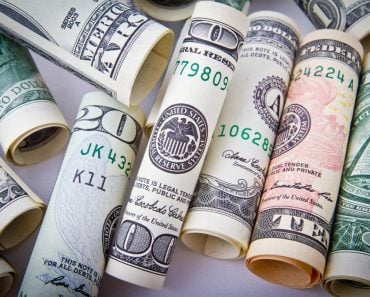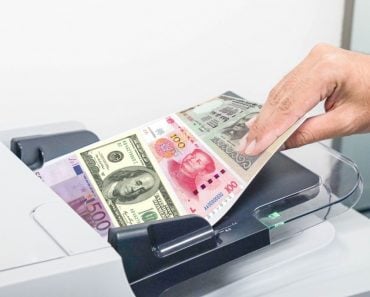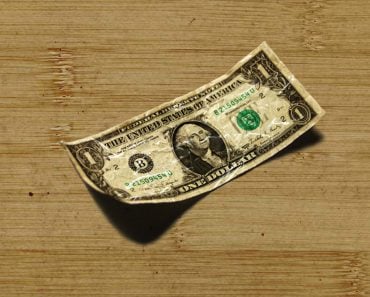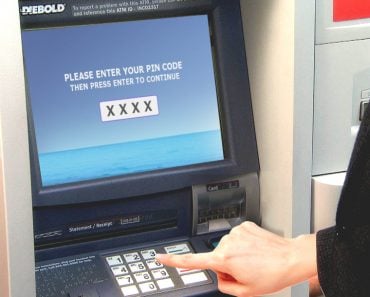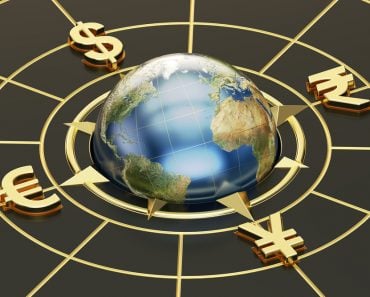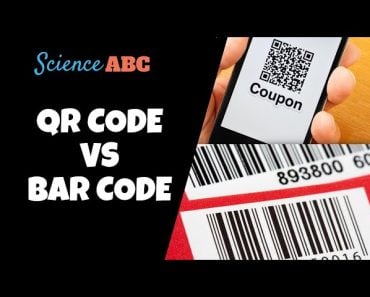A check is a document that asks the bank (checks are specific to a particular bank) to pay the receiver of that check a certain amount of money, as mentioned on it in writing.
Be it a five-dollar coffee or a $100,000 sports car, a person can buy them using a debit or credit card. The popularity of these modern currencies is massive; over 70% of American households use them, but this was not always the case.
Check cards, first created in the 1960s, were the precursors to today’s debit cards. The modern checks that we use today are just modified forms of these check cards. Although their use has declined over time, cashier’s checks remain one of the safest payment methods, so everyone will have to deal with them at some point. If you don’t have much knowledge about these little pieces of paper, don’t worry. This article will give you all the information you need!
Recommended Video for you:
What Is A Check?
A check is a document that asks a bank (checks are specific to a particular bank) to pay the receiver of that check a certain amount of money, as mentioned on the check in writing. The person who writes the check is known as the ‘drawer’ or ‘payor’, while the person who receives the check is known as a ‘payee’.
If a person wants to pay money to a specific entity, store or employee through the bank without both parties being present at the same time, what can he do? He will simply write a check for the amount that he wants to pay to the entity concerned.
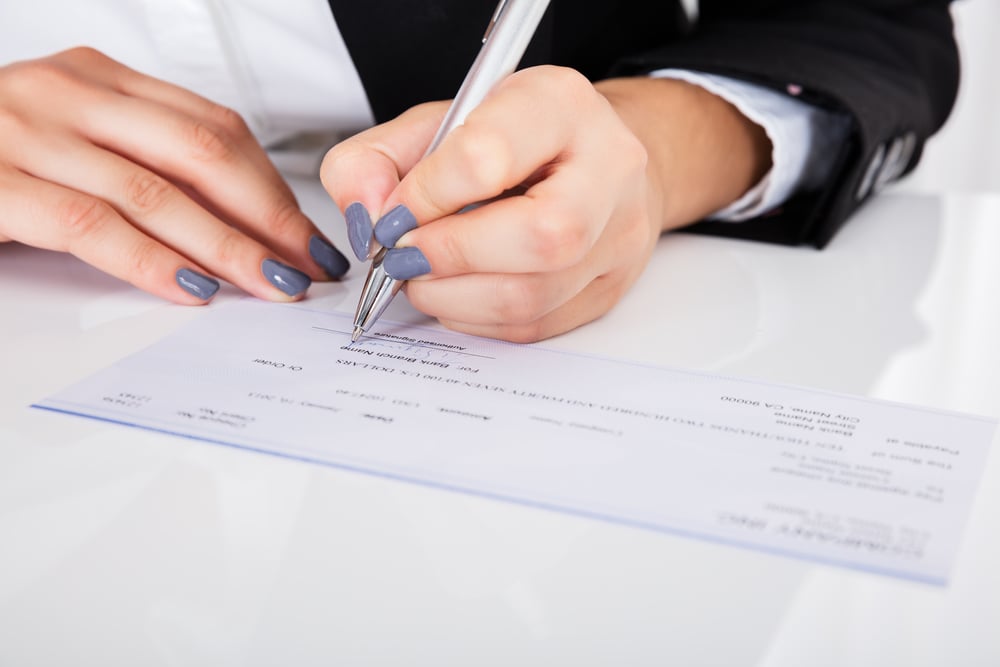
Legally, a check is a bill of exchange that guarantees a certain amount of money to the receiver. Checks were one of the first modern methods of payment that allowed two parties to exchange money without actually exchanging monetary notes or any other asset.
What Is A Cashier’s Check?
A cashier’s check draws money from the bank’s account, not yours. It is signed and verified by the cashier of the bank, hence the name. It has many differences from a regular check.
First of all, the name of the recipient and the amount to be paid is printed on it by the bank itself, so you don’t need to write it out yourself. Secondly, the bank guarantees payment of the check, not the check writer.
Many people misunderstand the concept of cashier’s checks, thinking that the bank provides them credit by paying on their behalf, but that isn’t the case. Even though cashier’s checks are drawn on a financial institution’s account, you have to supply the entitled amount to the bank in advance. You can either provide the amount in cash or the bank can take money from your checking account.
Why Is A Cashier’s Check Safe?
Cashier’s checks are some of the safest instruments of payment around, and they’re perfect for making large payments. The reason that cashier’s checks are so popular is that banks pay recipients with their own funds. Thus, the risk of a check bouncing drops to almost zero and offers peace of mind to all parties involved that the funds will be transferred safely.
These checks have extra security features, such as watermarks and signatures by two bank employees that rigorously verify the check and minimize the chances of counterfeiting. Cashier’s checks are not available for free. A certain service fee is charged for them, which varies from bank to bank.
How To Get A Cashier’s Check?
The standard way of acquiring a cashier’s check involves requesting the bank or credit union (financial institutions similar to banks that provide cashier’s checks) by specifying the amount and name of the recipient. Some banks may require some extra information and ID proofs before they create the check for you, so it’s good to check with your banks about any additional requirements they might have in place. As soon as you pay the necessary amount, along with the service fee, you will get the check and can use it immediately. Don’t forget to keep the receipt from the bank as proof of payment. That receipt will help you track the check in the future.
What About Cashier’s Check Fraud?
If you’ve seen Leonardo Di Caprio’s “Catch Me If You Can”, you probably understand a thing or two about check fraud. Frank William Abagnale Jr. defrauded banks from 12 different countries and most of the techniques he used involved checks. His mischief pointed out several small holes in the banking system that could be used to steal millions.
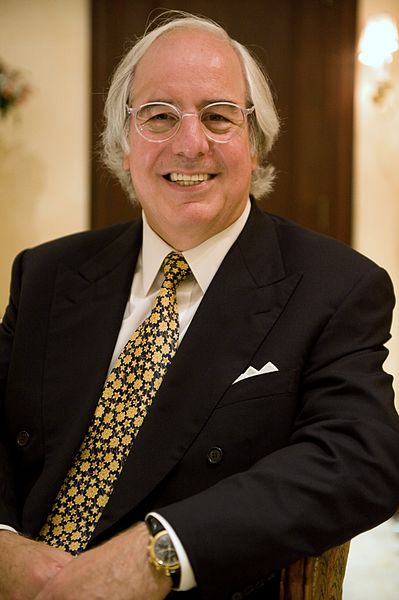
Frank made false cashier and certified checks from different banks using magnetic ink (a special ink used on checks). He then forged the signatures of the bank officials and submitted those checks as a means of payment to various people who were fooled by the checks’ appearance.
Another method frequently used by Frank was overdrawing his own account. He used to write checks on his own account for more money than he actually had. As per the bank’s credit policies, the official would grant overdrawing to a certain limit (high in Frank’s case, as he represented himself as a wealthy man). Frank would then flee the country after repeating such a trick with different banks.
Cashier’s check scams almost always involve someone giving you a genuine-looking check and asking you to either transfer money to their account or send them goods in returns. When you deposit the check or try to cash it out, you learn that the check was actually fraudulent and counterfeited.
How To Avoid Cashier’s Check Fraud?
Some very simple, yet effective measures will minimize the chances of fraud and keep your money safe. First of all, only accept checks from a known identity. If that’s not possible, call or visit the branch of the financial institution linked to the check to determine whether or not the issued check is genuine. Again, don’t trust the phone number mentioned on the check. Do your research to confirm the phone number; they are readily available online these days. Lastly, keep checking with the bank for clearance of the check and the transfer of money into your account. That way, if anything goes wrong, you’ll notice it quickly.
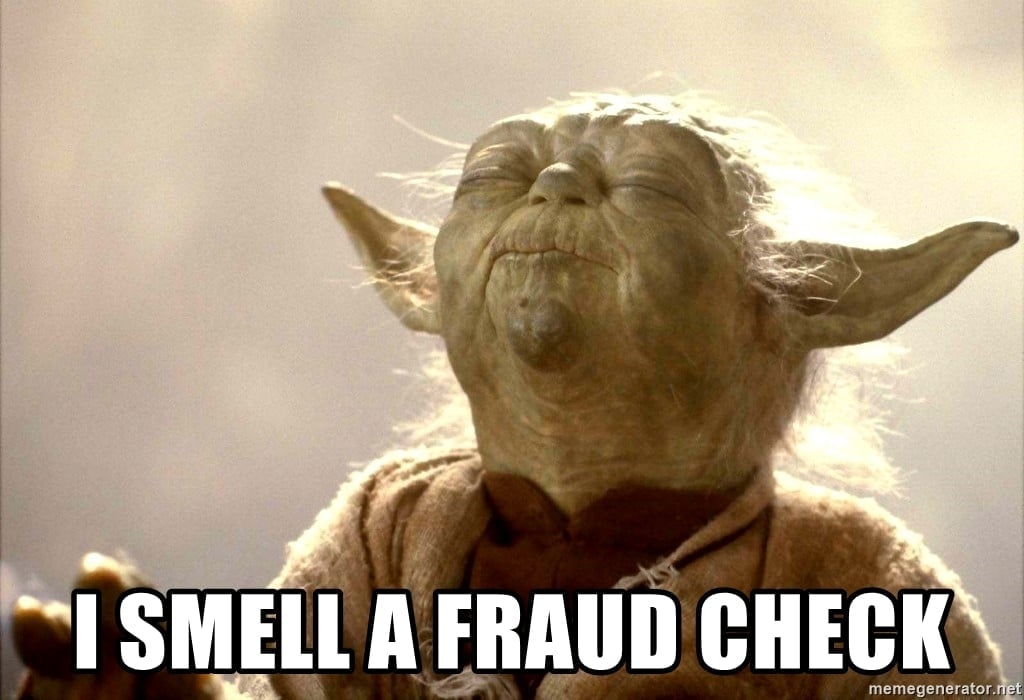
A Final Word
Cashier’s checks have been used for many years now, and apart from a few mishaps, they’re perfectly safe. Still, they do involve a fee and, considering the various other payment methods out there, such as money orders and online money transfer, these charges may seem like an unnecessary expense to some.
Although bank transfers are getting safer every day, there are still people out there trying to outsmart the financial institutions and rob you of your hard-earned money. Watch out for such mischievous people and follow the procedures stated by your bank. That way, you can be confident that your money will be safe!

